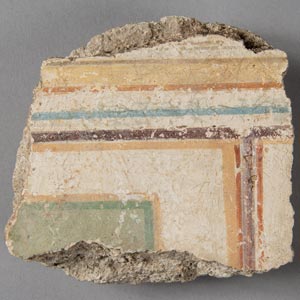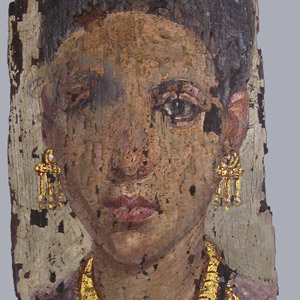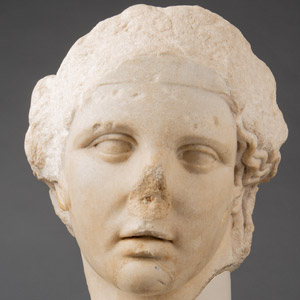Introduction

When you read the word “Roman,” what colors come to mind? The grays and whites of marble sculpture? The weathered hues of a wall painting?
What about vibrant red?
Sumptuous purple?
Brilliant blue?
The Roman world was much more colorful than its faded remains suggest. Merchants traded far and wide for the raw materials to produce a variety of pigments and dyes, and the many ways they were put to use reflects the significance of color in Roman culture. Artifacts of every variety can retain evidence of color, from the still-vibrant red and green threads woven into a cloth bag to the invisible traces of blue pigment on a marble head.
In this exhibition, on view at the Kelsey Museum of Archaeology from February 8 to May 26, 2019, we invite you to explore the colors of the Roman world — its sources, its uses, its meanings — and to discover how modern science is revealing more about ancient color than ever before.
Events
- February 10, 2019: Curator tour
- March 20, 2019: Exhibition opening discussion (watch video)
- March 23, 2019: Family day
- April 27, 2019: Dye workshop with Dottie Sims
- May 5, 2019: Curator tour
- June 22, 2019: Dye workshop with Dottie Sims
- July 28, 2019: Curator tour






